How is Dividend Yield Calculated?

7 minutes for reading
For many investors working with stocks, the ultimate goal is to make a profit. If you have bought a stock or more, you have two ways to make profit:
- Sell the asset when it grows in price.
- Get dividends paid out to you.
While point one - buying cheaper and selling at a higher price - seems simple, point two requires more attention.
What are the dividends?

Note that paying out dividends is not obligatory for companies: first and foremost, it's their right. Roughly speaking, if a company decides against paying out dividends to its shareholders, no force will make it do so. In such a case (if the company generates a net profit), it may choose to spend its funds on development and modernisation. Each shareholder has the right to dividends, the size of which depends on the company. In essence, dividends are a shareholder's passive income. Each company pays out as much as it can, depending on the profit made. The size of the dividends may either increase or decrease with each payment.
The dividend yield reflects the investors' income from the securities they own during the whole period of holding them. As a rule, it's more profitable to create a portfolio to diversify market risks by purchasing stocks of several companies.
The chosen company does not always make a profit during the accounting period. In the case that it has not made any profit, it may refuse to pay out dividends.
How is the dividend yield calculated?
The dividend yield ratio indicates the percentage of a company's share price that it pays out in dividends each year. If we compare common and preferred stocks, we will notice some differences in calculating and paying out dividends. Preferred stocks provide their owner with a fixed amount of dividends in the accounting period.
Normally, dividends are paid out to the holders of preferred stocks, and thereafter to ordinary shareholders. This is an advantage but also a drawback, as preferred shareholders have no vote on any form of corporate policy, meaning they have no voice in making decisions on the company's future. So, investors have to choose the category of the stocks they buy.
When holding ordinary stocks, investors have a voice, the weight of which directly depends on the number of stocks owned – the more stocks they hold, the more important their voice is. An ordinary shareholder gets a share of the company's profit in the form of non-fixed payments.
Calculation of dividends
The company sets the sums and condition of dividend payments based on its dividend policy. This is communicated in its financial documentation, which is published on the company’s website. The size of the payments is not directly bound to a certain sum – the company can equally pay dividends from the net profit or free money flow.
When are dividends paid out?
If the company registers a profit after the publication of its quarterly report, it appoints a board of directors that decides upon the calculation of dividends (the decision is based on the dividend policy of the company). The complete suggestion is discussed by the board of shareholders, whereby the final size of the dividends is set. The size can be adjusted according to the situation in the market, country, or as a result of force majeure events.
What is a dividend yield?
The dividend yield reflects the profit investors will be making over the investments they have made. Also, it reflects the general state of affairs in the company, and its investment appeal. The higher the dividend yield, the more attractive the company is. A profitable company attracts more investments, allowing it to develop faster and, hence, remain attractive.
The yield is calculated using the formula:
Dividend yield = (Yearly dividend / Stock price) * 100
Normally, the size of the yearly dividend is taken from the previous year, but if the accounting period is a quarter, the size of quarterly payments is just multiplied by 4. Considering that prices of stocks are subject to the market situation, and are constantly changing, the average stock price is taken in certain cases. This is how an average dividend yield is obtained.
Example of dividend yield calculation
Let's take an imaginary company and round digits for easier calculations. Company A put 1,000 stocks in the market for 20 USD each. The dividends paid in the previous year amounted to 5 USD per stock. If the above formula is used for the calculation of the dividend yield, it is 25% per annum.
Another example
Company B placed 1,000 stocks in the market for 100 USD each. Let's imagine the dividends are 5 USD per stock, similar to Company A. As we can see, the sum the two companies are paying per stock is identical, but the percentage varies significantly. In this case, investors will most probably prefer the company with a higher dividend yield. Estimating how many stocks you can buy for a certain sum, you can forecast the final result of your investments.
How is the final result of your investments calculated?
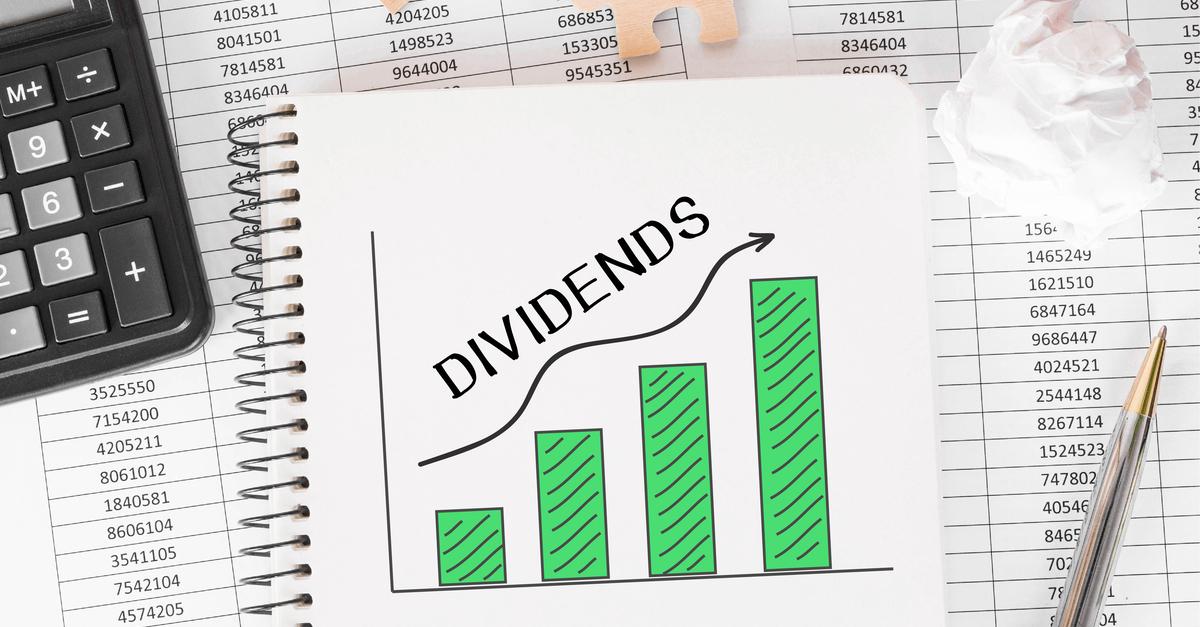
Let's discuss another simple example. An investor has 1,000 USD. They decide to invest in Companies A and B described above. These are the digits we get:
- Option 1: for 1,000 USD, the investor can buy 50 stocks of Company A (if they cost 20 USD each). The dividend yield is 25% per annum, which equals to 250 USD.
- Option 2: for 1,000 USD, the investor can buy 10 stocks of Company B (if they cost 100 USD each). The dividend yield is 5% per annum, which equals 5 USD per stock, or 50 USD of profit in total.
As we can see, the first company is more attractive for investments, and the investor will get more profit for every dollar invested. However, other factors should also be taken into consideration. Note that the results of the previous year are being used for the calculation of the dividend yield, and there is no guarantee that the profit made will remain at the same level or increase in the future. In the examples, we calculated the performance of imaginary companies; in reality, the digits are much smaller – somewhere between 5-7%.
Closing thoughts
To start investing for dividend yield, you need to study the market and find the most promising sectors of business and companies. If one sector of the economy showed growth in the last accounting period, it may not necessarily be the case in the next. This time, the biggest profit could be generated in a different sector.
Also, note that a low stock price does not always mean a low dividend yield. For example, stocks that cost 20 USD each could generate 5-7 USD of dividends. And vice versa: even if a stock price is high, the percentage of dividend yield may not be attractive enough; however, expressed in money, it will be quite substantial. In any case, it's always up to the investors, which company to choose.


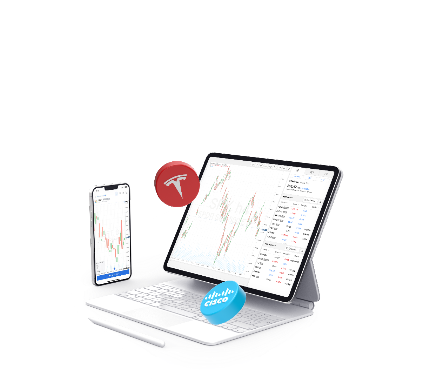
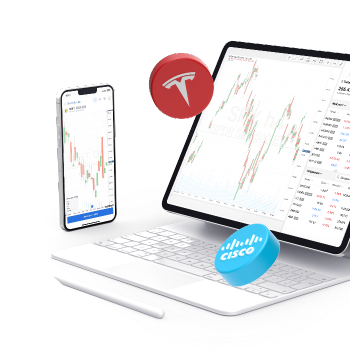

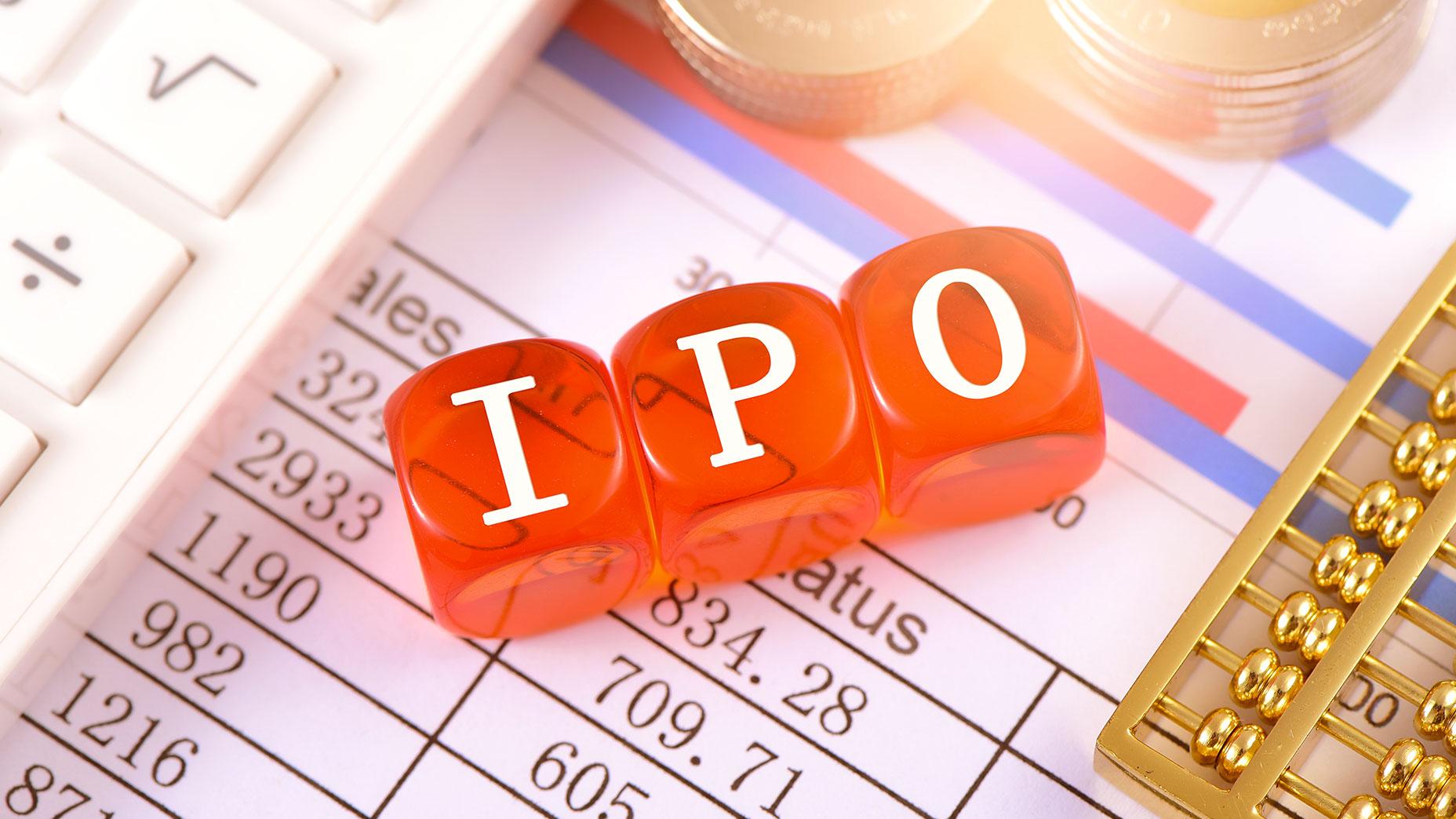
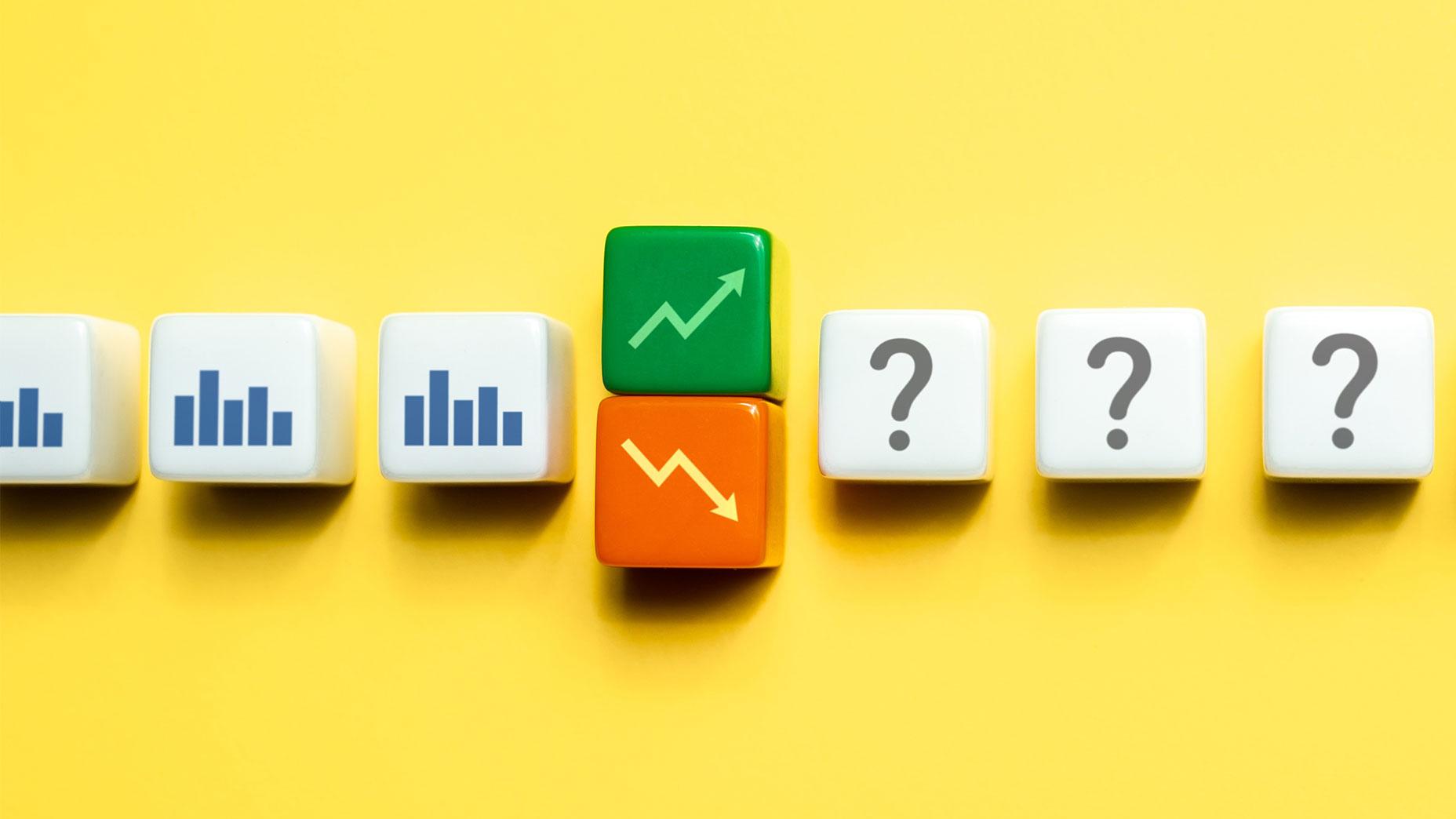





 are complex instruments and come with a high
are complex instruments and come with a high  of losing
of losing  rapidly due to
rapidly due to  . 65.68% of retail investor accounts lose
. 65.68% of retail investor accounts lose  when trading
when trading  with this provider. You should consider whether you understand how CFDs work and whether you can afford to take the high
with this provider. You should consider whether you understand how CFDs work and whether you can afford to take the high